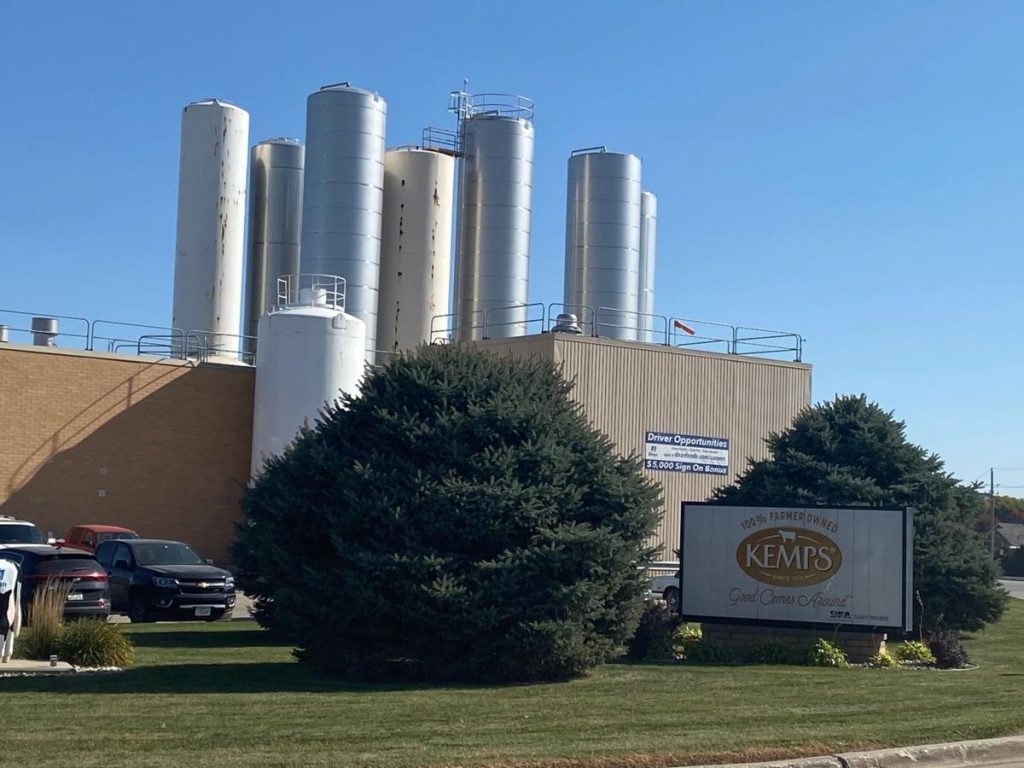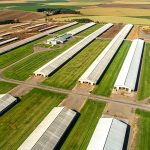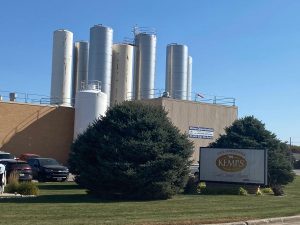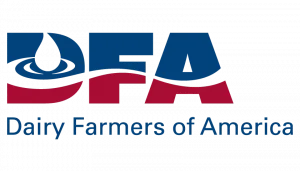
The acquisition of the Le Mars plant was part of a large sale of assets in the aftermath of Dean Foods’ collapse last year.
Dean Foods, the biggest U.S. milk producer, declared bankruptcy last November during a long-term slump in milk demand. Dean had lost money in eight of the 10 fiscal quarters before the bankruptcy, and posted declining sales in seven of the previous eight quarters.
At the time of Dean Foods’ bankruptcy, Dairy Farmers of America — a national dairy marketing cooperative based in Kansas City — said that it was “engaged in discussions to potentially purchase some or all” of Dean’s assets. Kemps, a familiar name in grocery store dairy aisles, is a wholly owned subsidiary of the Dairy Farmers of America.
In May, Dairy Farmers of America closed on 44 of Dean’s facilities (including the Le Mars plant) and certain corporate functions, paying $433 million for the lot. DFA intends to keep Dean Foods’ dairy infrastructure operating.
The Le Mars plant, at 1188 Lincoln St. SW in Le Mars, was built in 1963. It was formerly operated by Wells Enterprises, the Le Mars-based ice cream maker. Dean acquired the plant from Wells in a 2007 deal, after Wells decided to divest its fresh milk and cultured dairy holdings.
The dairy plant employs more than 200 people and produces fluid milk, cottage cheese, cream, dips, fruit juices, ice cream mix and sour cream. The plant’s current management will continue to manage the plant’s day-to-day operations, and all employees will retain their current positions, according to the Kemps press release.























